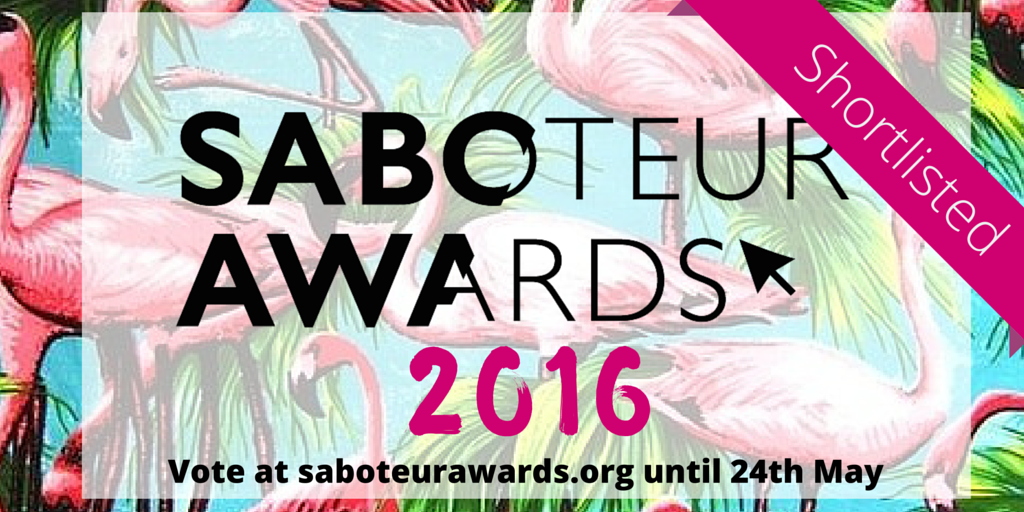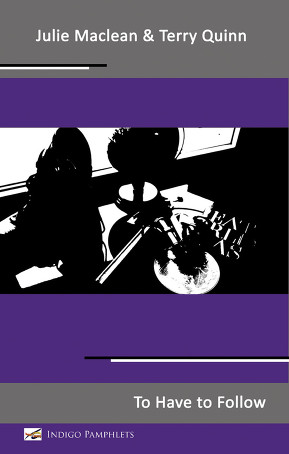Thus the blue hour comes by Tess Jolly
– Reviewed by Emma Lee –
The blue hour is the awkward hour in which it’s too early to get up, but too late to get to sleep. It often arrives either via a sleepless night or one disturbed by nightmares, as reality and dreams fuse and become blurred. In Thus the blue hour comes, Tess Jolly takes readers on a journey into this psychological world. She sets the mood in ‘The Night Light’:
It is a spinal cord of light pulsing dark water
In which the country sheep have drowned
My throat is stuffed with wool.
Uncle Jack’s glass eye stares from my pillow.
The wardrobe crosses the floor.
Something only I can see moves beyond its shadow.
The poem features an effective use of assonance in “wool” and “floor”, and an “ow” echo in “pillow” and “shadow”, as the images create a growing sense of menace. The narrator can’t speak. A doll’s glass eye could be explained, but a human-sized one invites questions: why is it on the pillow and not in Uncle Jack’s possession, and has it been left there on purpose? The wardrobe’s movement could be a trick of the shadows, but the ‘Something’ beyond is more chilling. It’s left open as to whether this is actually something present, or whether it is in the narrator’s imagination. In ‘The Blue Hour’, the poet builds increasing dread:
Thus the smoke-blue vault
constructs itself from sky-blue bone
and now no longer knowingto what it belongs
the mind fallsfor its own hall-of-mirror
notions of right and wrongand night’s a palimpsest
“Palimpsest” often turns up on lists of poetic words to avoid, but here no other word will do. Tonight’s dream writes itself over last night’s dream, just as the layers of blue increase in the darkness. The atmosphere of dread builds throughout the sequence, creating a sense of movement as the night progresses. ‘Zoetrope’ starts “In the hide-and-seek / I see their faces flicker // through the slats / of rotating trees”, and ends:
I stare as they slow
to portraits when the drum
stops moving
It’s left to the reader’s imagination to picture the portraits, just as all good ghost stories offer an outline and let the reader create the ghost. It makes the resulting story all the more chilling, because nothing is more horrifying than the reader’s own imagination. As with the other poems in this pamphlet, the poet creates an atmosphere by giving enough details to guide the reader, but also leaves space for the reader to build on these guidelines and engage on their own terms. Tess Jolly’s willingness to trust the reader is very much to her credit.
The poems journey through to morning, when “birds are singing again from the trees.” However, what the narrator has witnessed and felt is likely to haunt her throughout the day. This sequence is the right length for a pamphlet: over a full collection, impetus and momentum would flag. Thus the blue hour comes is a coherent, engaging sequence of poems.





